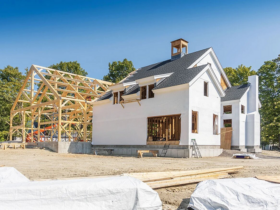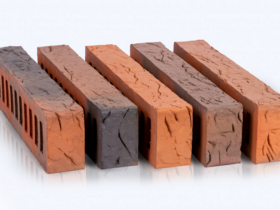So, the main and largest disadvantage that can be found in vinyl wallpapers is considered non -ecological. There are many different disputes regarding how vinyl wallpaper is harmful. Most consumers refuse, justifying their choice by the fact that they are considered not breathing.
This version should be dispelled, since wallpaper is an inanimate organism and cannot breathe like, but it is logical to pass the air quite logically. How fresh the air can be considered fresh, it already depends on the very place of human residence.
For example, if the place of residence is an apartment, then, as a rule, under the wallpaper there is a concrete wall covered with a large number of various building mixtures.
It is unlikely that all these materials can let fresh air into the room, respectively, the question arises, why should the wallpaper breathe, passing various dirt. The correct solution is to check the wallpaper on moisture and vapor permeability, and here the problem arises.
Vinyl wallpapers will be suitable in well -ventilated or passing rooms, but if the wallpaper is glued where there will be no access to the air, then the smell of heating will be felt.
Increasingly, this type of material is selected for corridors and living rooms, because for sleeping rooms it is completely inappropriate. In addition to wallpapers, vinyl or in a different polyvinyl chloride can be used for electrical insulation of wires, as well as the construction of suspended ceilings, in the manufacture of artificial leather or linoleum.
The technology of manufacturing plastic doors and windows also includes this material. Therefore, vinyl wallpapers cannot be considered non -electrical units, because among the surrounding objects there are a large number, which includes vinyl.








